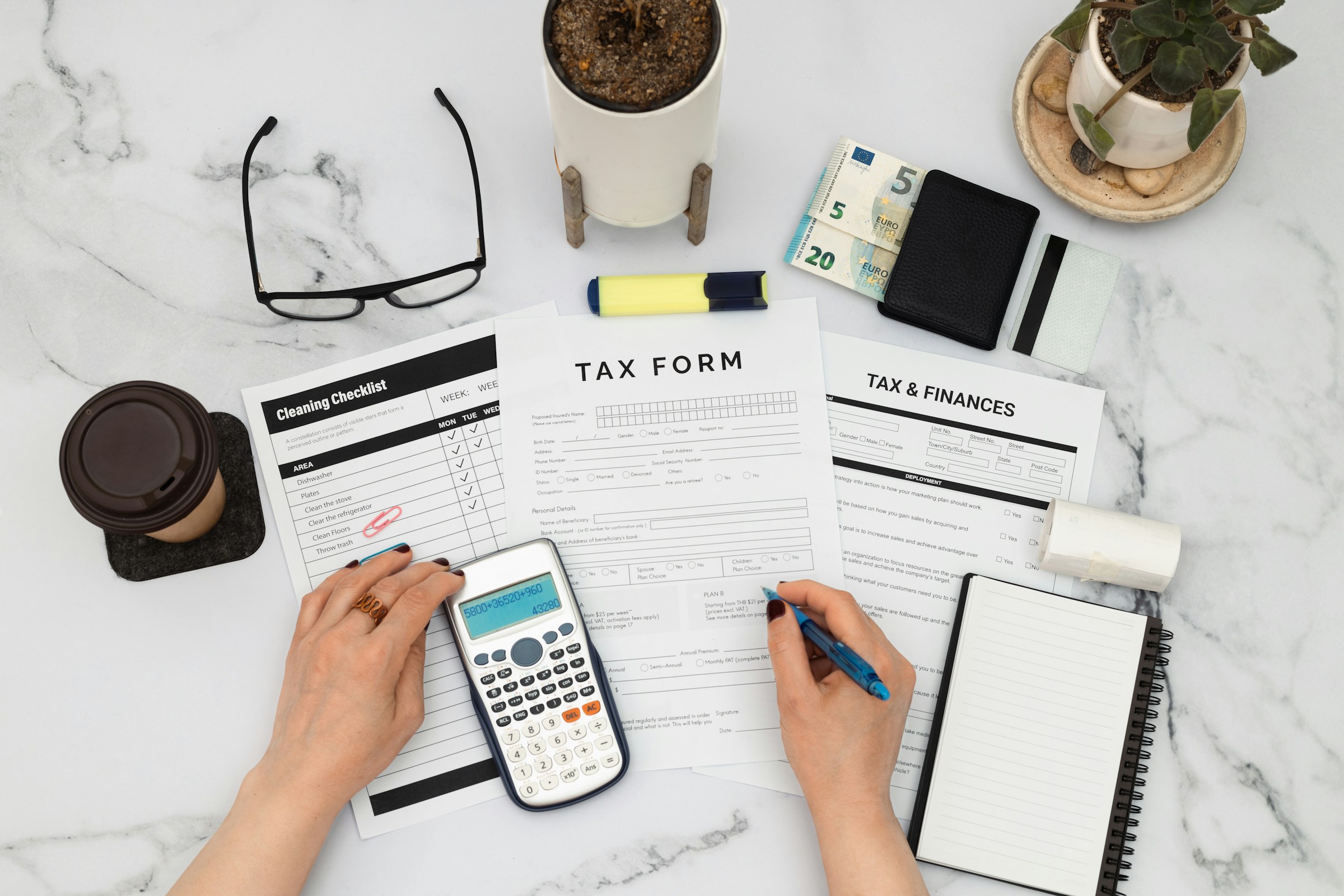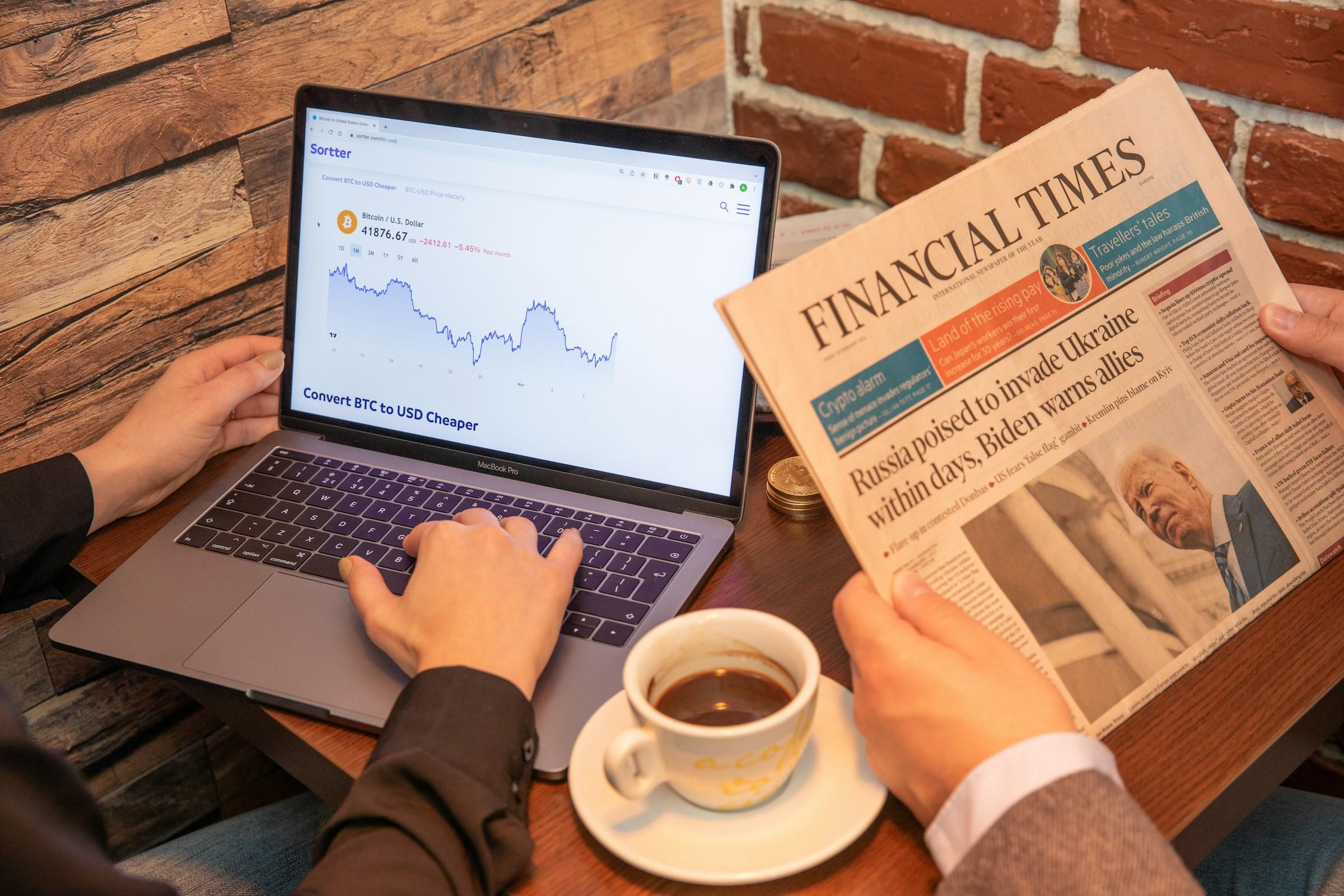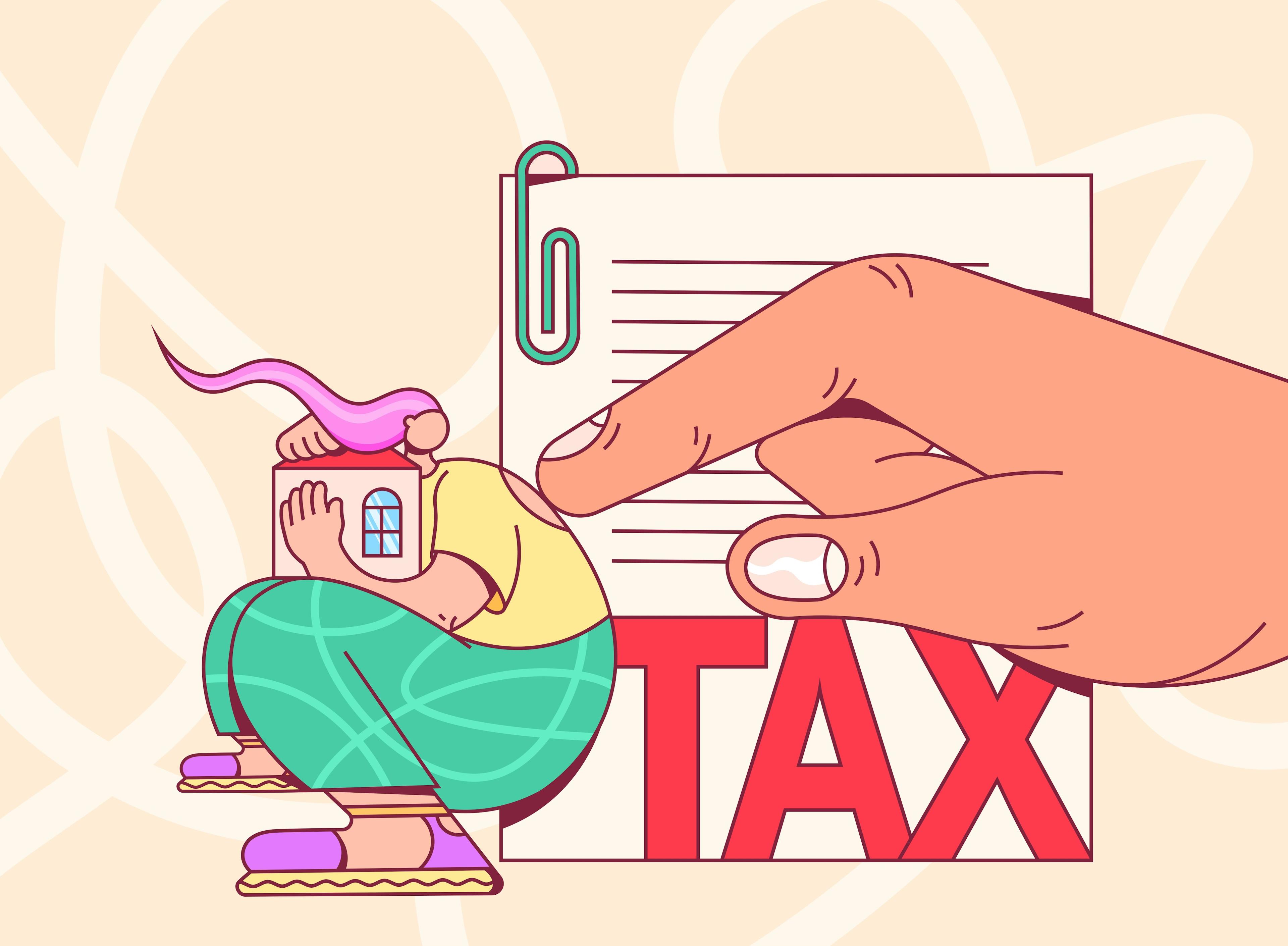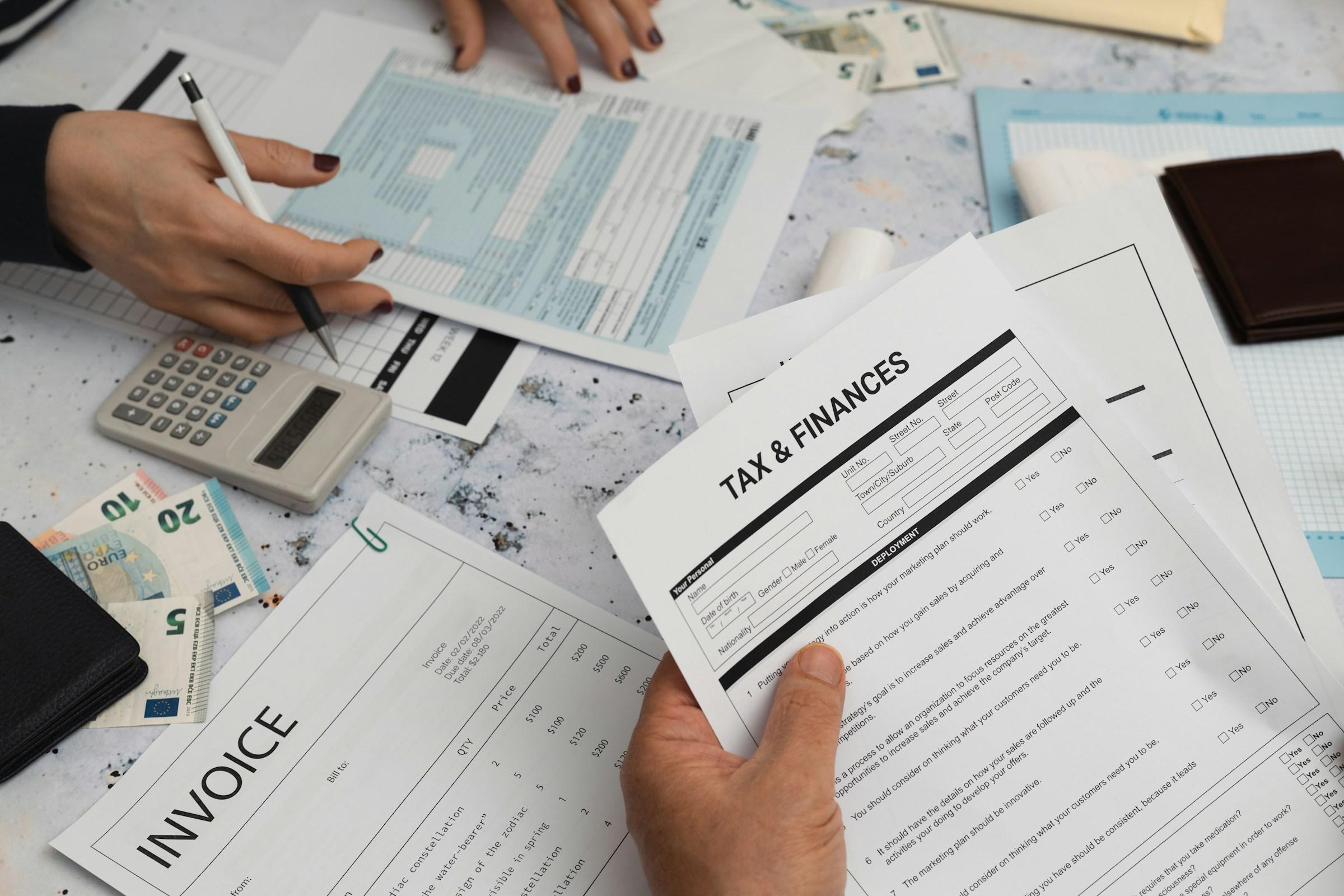You probably track performance. You probably check fees. Then April comes around and you realize a bigger villain has been lurking in the background the whole time. Taxes are not just a yearly headache. Taxes are a constant drag on your compounding. The good news is you can measure that drag and make it smaller. Think of tax efficiency like battery life for your portfolio. Same phone. Same screen time. Some apps drain it faster than others. Your investments do the same. Measuring that drain tells you what to fix first.
Start with a simple test. If two portfolios earn the same before tax return, which one puts more dollars in your pocket after tax. The answer is the more tax efficient one. That sounds obvious, but you need numbers to compare, not vibes. Here are the core numbers every investor can calculate with a spreadsheet, a notes app, or a few taps in your broker.
Begin with after tax rate of return. This is the headline number. Take your total gain for the year, subtract the actual taxes triggered for that year, then divide by your starting portfolio value. If you realized 8,000 in gains and income on a 100,000 portfolio and owed 1,600 in taxes because of those trades and distributions, your after tax return is 6.4 percent. If another fund delivered the same 8 percent before tax but only cost you 800 in taxes, your after tax return is 7.2 percent. That spread looks small in one year. Over ten years it is the difference between coasting and grinding.
Reverse the lens with tax drag. Tax drag is the portion of your before tax return that evaporates into taxes in a given year. A quick formula looks like this. Tax drag equals taxes paid because of portfolio activity divided by the year’s pre tax gain. If you earned 8,000 and paid 1,600, your tax drag is 20 percent. You can also express drag as a reduction in annualized growth. If your fund advertises 8 percent but your after tax return is 6.4 percent, the tax drag on growth is 1.6 percentage points. Either version is fine. Use whichever clicks faster in your head. The goal is to make that number smaller over time.
Now look under the hood to figure out why you paid what you paid. The biggest hidden culprit is turnover. Turnover is the percentage of a fund that the manager buys and sells in a year. More turnover means more realized gains and usually more short term gains. Those hit at higher rates for most people. If a fund has 100 percent turnover, expect regular distributions that create tax bills even if you do not sell a single share. An index ETF with 5 percent turnover is not just cheaper on fees. It often leaks less value to taxes. Do not just compare fund expense ratios. Compare turnover. If two funds do the same job and one has 8 percent turnover while the other has 60 percent, that 60 percent fund must outperform by a lot just to keep up after tax.
Distributions matter too. Mutual funds often toss out capital gain distributions at year end. ETFs are usually better at minimizing those events due to how they create and redeem shares, but some niche ETFs still throw off gains. Check two numbers. Distribution yield and distribution character. Distribution yield tells you how much cash the fund paid out. Character tells you what kind of income it was. Qualified dividends usually get friendlier rates. Non qualified dividends and short term gains usually get ordinary rates. Long term gains sit in the middle. Pull your fund’s tax character breakdown from your broker’s tax forms or from the fund’s website. If half the payout is short term gains, your tax drag will spike even if the headline yield looks attractive.
Next, measure your asset location score. Tax efficiency is not only about the fund. It is also about where you park the fund. Put tax heavy assets in tax sheltered accounts when possible and tax light assets in taxable accounts. A quick way to score yourself is to list your holdings and tag each as tax heavy or tax light. Tax heavy includes high turnover active funds, high coupon bonds that are not municipal, REIT funds that spit non qualified dividends, and yield chasing strategies. Tax light includes broad market ETFs with low turnover, municipal bonds in higher brackets, and growth funds that rarely distribute gains. Now calculate the percentage of your tax heavy assets that sit in accounts with tax protection like 401k, IRA, SRS, PERA, or similar. If only 30 percent of your tax heavy stuff sits in sheltered accounts, you have room to improve your asset location score. Move that number toward 70 to 90 percent over time as you rebalance and as contribution limits allow.
Add a tax adjusted expense ratio to your toolkit. Everyone quotes the sticker fee. Few add the tax cost. A simple version looks like this. Take the fund’s average annual distributions times your marginal tax rate on those distributions and divide by your average balance. Add that to the stated expense ratio. If a fund charges 0.60 percent and routinely throws off distributions that cost you about 0.50 percent of assets in taxes, your tax adjusted expense ratio is about 1.10 percent. Suddenly that cheap sounding fund is not cheap. Compare this to an ETF that charges 0.10 percent and rarely distributes gains. Even if its pre tax return is the same, the second fund usually wins after tax.
Consider tax equivalent yield when comparing fixed income choices. If you are deciding between a municipal bond fund and a taxable bond fund, convert the muni yield into a tax equivalent number so you can compare apples to apples. The formula is muni yield divided by one minus your marginal tax rate. If the muni yields 3 percent and you are in a 30 percent bracket, the tax equivalent yield is about 4.29 percent. If the taxable bond fund yields 4.1 percent, the muni wins on a risk adjusted basis only if the credit quality and duration are similar. If the taxable bond yields 5 percent, the taxable may still win after tax for you. Always compare like for like.
Track your realized capital gains rate. This one tells you how efficient your sells were. Add up your realized gains for the year and divide the short term portion by the total. If 80 percent of your gains were short term, you are paying premium rates for impatience. Push that percentage down by extending your holding period past one year when practical. That does not mean marry every stock. It means stop letting taxes surprise you because you forgot that the clock resets with each new buy.
Build a personal distribution calendar. Funds and ETFs publish estimated distribution dates. If you buy right before a big payout, you can trigger a tax bill on income you did not actually earn. Once a year, scan the distribution calendars for your core funds. If a payout is imminent and you were planning to buy, you can simply wait a week. If you were planning to sell for portfolio reasons, sell before the record date when that aligns with your plan. This is not timing the market. It is avoiding paying taxes on a distribution that will immediately reduce the fund’s price by the same amount.
Mind wash sale rules if you are harvesting losses. Tax loss harvesting can reduce tax drag by offsetting gains and up to a small amount of ordinary income in many systems. The catch is the wash sale rule. If you sell at a loss and buy the same or a substantially identical security within the restricted window, the loss gets disallowed or deferred. The fix is simple. Use a similar but not substantially identical alternate for at least the required period. Think total market ETF A swapped to total market ETF B from another issuer with a different index. Document the trade pair in your notes. The point is not to play games. The point is to avoid leaving clean losses on the table due to a preventable rule violation.
Do not forget about crypto and alternatives. Most tax codes treat crypto trades as property sales, which means every trade can be a taxable event. If you are swapping tokens like you are swapping skins in a game, your tax drag can explode even in a flat year. Use the same math. After tax return. Tax drag percentage. Realized gains character. If a protocol pays rewards that count as income when credited, note the date and value. Track your basis. Small details save big money. For alternatives like private credit platforms or real estate syndications, read the tax character of distributions. Some payouts are interest. Some include a return of capital. Some generate K-1 forms with timing quirks. Tax efficient or not depends on the structure and your account type.
Now pull this together into a single scorecard you can actually maintain. Start with a quarterly check and a year end check. At quarter end, record after tax return and tax drag for the quarter and for the trailing twelve months. Record turnover and distribution character for your top five holdings. Update your asset location score. At year end, add your realized capital gains rate and your tax adjusted expense ratio for each major fund. You will immediately see the repeat offenders. Maybe that dividend fund with the glossy marketing is stuffing your return with non qualified income. Maybe your favorite active manager is great pre tax but brutal after tax. When you see it on paper, it gets easier to make a clean switch.
You might worry that this sounds like work. It is less work than you think. Most brokers now show realized gains, distribution history, and holding period flags. Many funds publish turnover and tax cost ratios. Your job is to turn those into a few habits. Choose lower turnover vehicles for your taxable account. Use tax sheltered accounts for tax heavy strategies when you have the choice. Avoid buying right before distributions unless you have a specific reason. Optimize holding periods when you can. Harvest losses without tripping wash sale rules. Recalculate once a quarter with a five minute template.
One last mindset shift will help. Measuring tax efficiency is not about starving your portfolio of returns. It is about getting the same return with less leak. If you can add one percentage point to your after tax return without taking more risk, that is a huge win. Fees and taxes both reduce compounding, but taxes are the one investors ignore because they feel messy. Make them less messy. Name the drag. Track it. Nudge it down.
If you want a quick starting plan for the next month, do three things. First, pull the turnover and distribution character for your top three taxable funds and write down the tax adjusted expense ratio for each. Second, compute your asset location score and move one tax heavy holding into a sheltered account during your next contribution window. Third, set a reminder for two weeks before your funds usually pay year end distributions and check the dates so you do not get caught by surprise. That is it. Tiny moves with measurable impact.
When you are done, your portfolio will probably look the same on the surface. Same tickers on your home screen. Same line chart in your app. What changes is what you keep. That is the quiet flex of a tax efficient investor. It is not about finding the perfect fund. It is about using simple math so more of your growth stays yours.







.jpg&w=3840&q=75)



.jpg&w=3840&q=75)

.jpg&w=3840&q=75)
